Last Updated on December 5, 2023 by Sharon Advik
The nightclub scene is one of the most demanding fields of photography in terms of skill and mentally challenging lighting, abrasive customers, late nights, and loud music.
People are constantly telling you that all you do is take photos, and they could do your job.
And, you know, it can be fun, and it can be rewarding.
So, which is the best lens for nightclub photography?
I will review my favorite 7 best lenses for nightclub photography, which I always recommend, and it might also work for you.
Let’s drive in:
Which is the best lens for Night Club photography?
Here are my recommended top 7 best lens for Night club photography:-
Canon 35mm F/2:
This is my go-to lens when I’m doing nightclub photography or videography.
It’s an F2 with image stabilization and ultrasonic motor focusing, so it’s really quick.
It’s pretty quiet.
The image stabilization is good for up to four stops, which is fantastic if you’re working in low light, you don’t want to bump up the ISO, and you’re trying to stay at a decent shutter speed.
This will allow some stabilization with slower shutter speeds; you would have to focus on the slides.
This is awesome when you get some close-up portraits or close-up shots you can’t get because you don’t have the macro lens.
This will allow you to get decently close, but at 35 millimeters, it’ll be slightly wide.
So the 35 was the first one I bought; I bought my 5D Mark 4, my first Canon.
I started using it for video with another photographer to shoot a nightclub party, and the 35 has been a great focal length for me.
I love keeping it on me; it’s usually the only lens I have on the camera.
The 35 is probably my favorite focal length.
When I worked with the other guy that I shot nightclub with, and I liked it, I loved having the image stabilization because I didn’t have a stabilizer; I didn’t have a Ronin or a crane or anything to stabilize.
It’s been a great lens, allowing me to use handheld shots.
It’s my go-to, as I’ve said before.
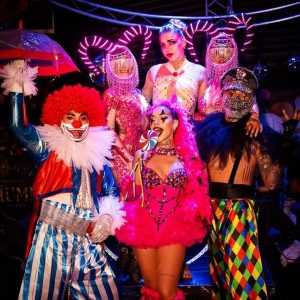
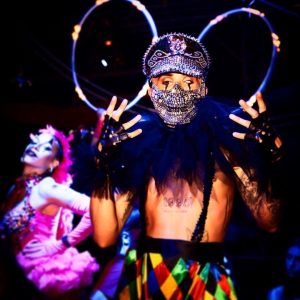
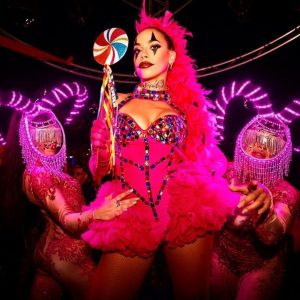
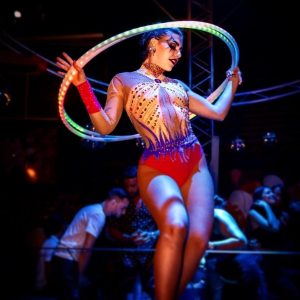
Sigma 30mm F1.4:
I’ve had this lens for about a year now, so I have a good idea of what I like and don’t.
They are crop sensors; this 30 mil becomes about 1.6 times bigger.
So it’s about 48 millimeters, so around a 50-millimeter lens.
It’s a very well-made lens with a lot of weight.
They haven’t cut any corners, everything turns and works very nicely, even connecting it to a camera feels very solid, the mounting system is made of metal, which we like.
It is so very well built.
So, what do I shoot? What do I use this lens for?
I’ve used it this year for nightclub photography, music concerts, and parties.
What do I like about this lens?
I did a lot of research when I bought this lens, and the one thing everyone talked about was the image’s sharpness and quality, and it’s entirely true.
Even though the low aperture is like 1.4, it’s still pretty sharp, so the lovely quality of the picture of this lens for both photo and video.
So, back to the end: With the incredibly wide 1.4 aperture, you can take pictures and videos in crazy dark environments and still get pretty good quality.
If you love bokeh, this is the lens for you; f 1.4, it’s buttery smooth, it’s so good. I love the bokeh on this lens.
The autofocus is not that bad; it works well.
75 80% of the time, it’s a little slower than the Sony native lenses, but it does work, so that’s a good thing.
Now, what do I not like about the lens?
The main thing I do not like, and everyone says they don’t like about this lens, is the focus ring; the focus ring is very nice to turn, but the problem is that it’s a focus-by-wire lens.
What that means is when you turn this inside, nothing is happening; there are no moving parts.
It’s all digitally focused, so your camera and the lens combined focus on the image.
Now, that’s not always a problem, but in this lens, you can turn it a tiny amount, and it will ultimately go from being in focus to out of focus, which isn’t usual.
A tiny adjustment should give you a little focus adjustment, but not in this lens.
So yeah, I said the autofocus works about 80% of the time; the other 20% of the time, it doesn’t work too well. It haunts.
So who should buy this?
If you’re a photographer, it’s a great, sharp lens.
With the crop involved, you’ll get close to a 50-millimeter focal length; otherwise, you’ll be at 30 mils.
It is an excellent lens for portraits- super sharp, and the bokeh 1.4 is beautiful.
As for video use, well, I use it for video myself.
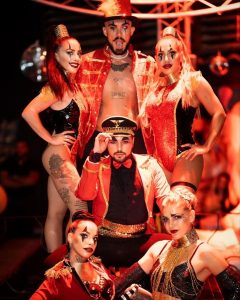
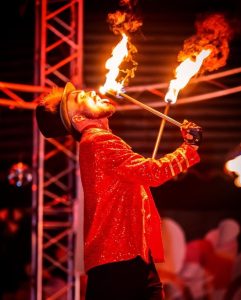
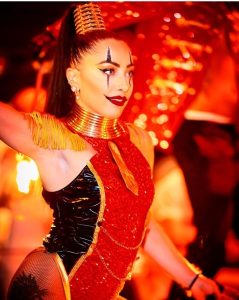
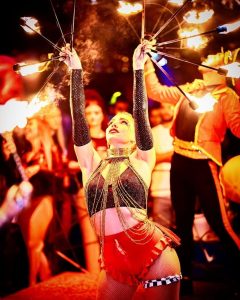
Sigma 35mm F1.4:
The 35 mil lens is considered a slightly wide-angle, perfect for many things.
I like to use it for portraits where I want the background in the frame to get less of an idea of the surroundings.
It’s also perfect for nightclubs, weddings, street photography, general lifestyle photography, etc.
35 mm prime lenses are also perfect because they have a low aperture; this lens has an aperture of F 1.4.
That means you can open up this lens, let huge amounts of light into your sensor, and shoot shallow light conditions.
I’ve owned the Sigma 35 mil f 1.4 art lens for about a year.
I’ve had a great time shooting on this lens; I found it delightful.
Its body is rugged and durable, and its excellent build quality is evident. The manual focus ring is comfortable and easy to use.
I’ve used it a lot and haven’t seen any wiring in any numbers.
The focus rubber is still nice and tight on the lens as well.
It’s still very well-focused.
The focusing motor, which focuses quickly and accurately, has no issues.
It focuses well and tack-sharp in the middle of the image.
So we have some stunning sharpness. It’s a demanding 42-megapixel sensor, and we’re still getting some excellent sharpness.
That’s an excellent result for any lens at its lowest possible, particularly with a maximum aperture of 1.4.
The lens is relatively small, considering it’s an f 1.4 lens and only weighs about 665 grams.
It’s a nice compact gear you can carry around without problems.
That being said, in the world of 35 mil lenses, it is not the smallest lens you can get.
That is everything I have to say about this lens.
Would I recommend this lens to people? Absolutely yes.
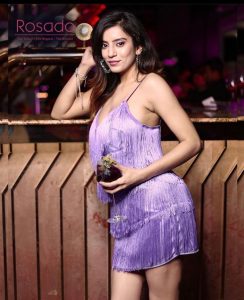
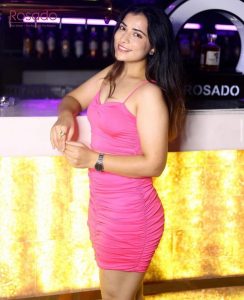
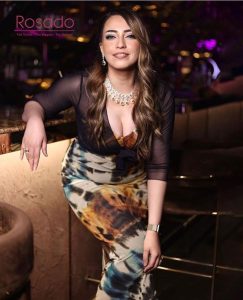
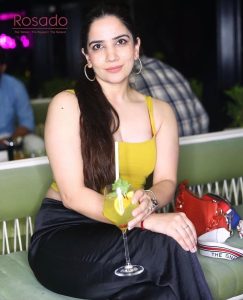
Canon 50mm F1.4:
So, the first thing we will discuss is the build quality of this lens.
So, this lens has a premium plastic construction with a rubberized focus ring.
This lens also includes a focus window, which is perfect if you plan to use this lens for manual focusing.
It’s also lovely to see the lens of this price range.
You will also see a metal mount plate on the rear of the lens.
This does add a compact, rigid shell to this lens on the front of this lens.
You will also see that the front glass element is safely recessed into the camera body, which is perfect for protection.
You don’t have to buy a lens hood or UV filter.
When I first purchased this lens, I found the focus ring was smooth and well-damped, but over time and using it, I found it stiffened up to become challenging to use, especially for video.
So, due to the premium plastic construction, stiff focus ring, and lack of weather sealing, I will give this lens a 7 out of 10 for build quality.
So, the next thing I will be talking about is image quality.
This lens provides sharp images and an incredibly bright 1.4 aperture, perfect for shallow depth-of-field and low-light photography.
Due to the standard 50 mil focal length, this lens is perfect for all types of photography, including nightclub portraits and street photography.
This lens also has an 8-aperture bladed diaphragm and a shallow aperture 1.4.
This lens is excellent for Creative Photography and adds an incredibly smooth background compared to the 50 mils 1.8.
This lens lets in 66% of light, which shows the advantages of having a 1.4 aperture lens in your camera.
But when using this lens, I found a prominent vignetting issue, especially if you stopped at 1.4.
The lens also has a problem with soft and blurry corners, especially if he stops down.
So, due to this lens having a prominent vignetting issue and a problem with soft and blurry corners, I’m only going to give this lens an 8 out of 10 for image quality.
So, the next thing I will look at is the size and weight of this lens.
This is a 50-millimeter standard prime lens.
The lens is relatively small and won’t occupy much room in your camera bag.
This lens isn’t large, especially compared to 1.4 aperture wide lenses.
With a filter thread of just 58 millimeters, the filter price will be considerably lower than other prime lenses on the market.
This lens also weighs light.
So, this lens is great if you plan on clubbing, a long hike, or maybe even on holiday.
So this lens is small and light and won’t take up a lot of room in your camera bag.
This lens has a USM or an ultrasonic motor.
This allows for speedy, near-silent autofocus and impressive torque to ensure the focus is obtained quickly and accurately without overshooting.
However, I have found a little noise after a while, especially if you use this lens on autofocus for video work.
This lens is reasonably priced, especially compared to 50 mil standard prime lenses at 1.4 aperture.
It is one of the sharpest lenses at this focal distance, so that I will give this lens an 8 out of 10 for the price.
This is a recommended lens to have in your camera.
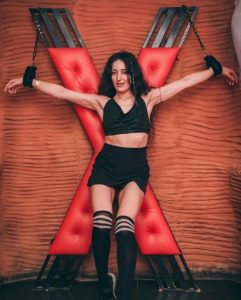
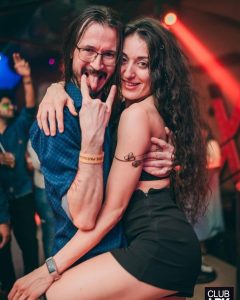
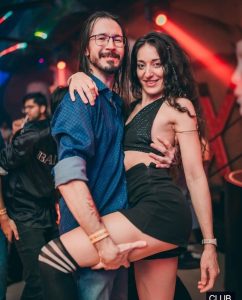
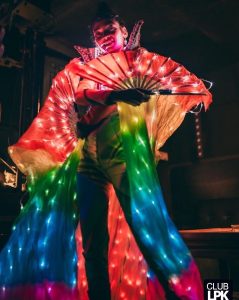
Tokina 11-20mm F2.8:
This lens is a bit more versatile, I would say.
At 11, you can cover a big crowd or big stages.
And it’s also suitable for small spaces. Plus, you have to 20, which is excellent for stops with individuals in the crowd.
I like this length because he can easily switch between showing the whole scene and showing a bit more, like one person you want to focus your attention on.
It is also nice that it’s a 2.8 lens to level more light.
So, I often use this for natural light pictures of the events.
Also, the 2.8 will make all the lights look more out of focus, which is nice.
I like this lens; it’s fantastic to get a big crowd and has less distortion.
This lens is excellent for capturing people.
What I love about it is that you can capture more of the environment.
Because of the 2.8, as I said, you can get some excellent depth to the image.
The 2.8 is excellent for shooting realistic pictures because it lets in a bit more light and provides fantastic, real-life backgrounds.
I recommend this; you need the level if you’re more into significant events and want to get in crowds.
It’s a great, great body and event lens.
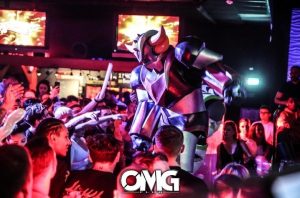
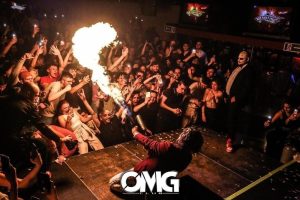
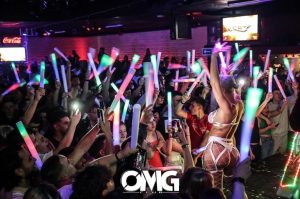
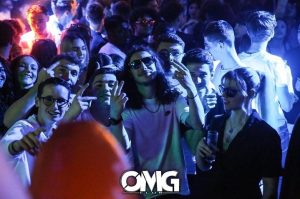
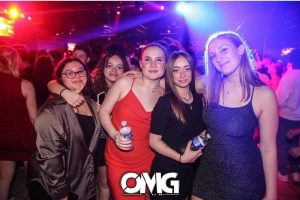
Sigma 18-35mm F1.8:
It is one of my favorite lenses to shoot with.
The downside is that the 18 isn’t wide enough to get those big crowds or stages or show the defense’s interior.
I found it is not wide enough.
But it’s a great lens for shooting people at events.
You can shoot them at the 1.8 aperture, which will give you an excellent depth of field, or at 3.5, 4.5, or even F9.
The downside to this lens is that it’s really big.
The headset is heavy, and using this lens feels like working on your shoulder.
Because a lot of times at events I’m shooting like this, I’m shooting like just walking in the crowd, assuming the people, and I got like a big flash on it’s on my camera, and this lens setup is heavy, so that’s like the downside to eat.
But overall, it is a great length; if you’re focused on capturing the people and moments of specific individuals at the party, this is an excellent option.
I use it to focus on one person in the crowd and capture their emotion.
The lens is super sharp, which has a quality feel.
And you can focus like it has a bit more shallow depth of field.
So, you can focus on one person and make them pop out of the environment, which I like.
Also, there’s just something about the quality of the lens that is amazing.
Also, because of this aperture of 1.8, you can use it to get some party details.
It’s a perfect lens to give to people and to get to some details of the body.
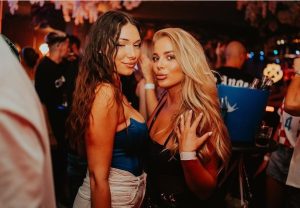
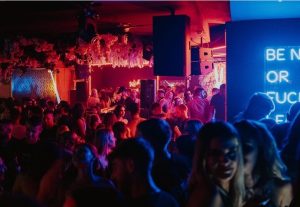
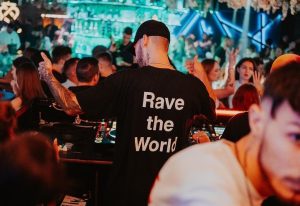
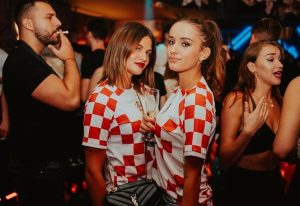
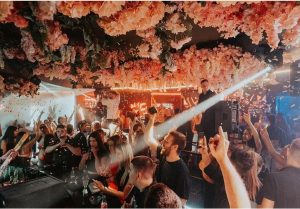
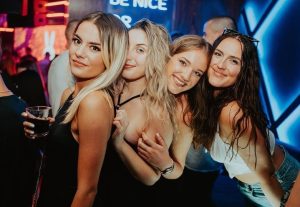
Sony 24mm F1.4:
It’s a low-light beast.
I finally bought a new prime lens.
I often find myself stuck in low-light situations, so I wanted to test this lens.
My impression of this beast right now is it’s incredible.
I’m tired of this lens on a video shoot in Las Vegas clubs for a few days.
Let’s talk about some of the specs for you guys that haven’t been doing much research.
So, when it comes to this lens, it’s very lightweight and small.
It has a nice, smooth ring but is very tight, which is nice because it won’t bang around or change.
Besides that, just like most of the G Master lenses, you can set this to focus, or Eye Autofocus has the focus hold button on the side and the manual and autofocus toggle switch.
I’m not going to talk to you guys about the lens specs; I want to talk about what this bad boy can do in low light, what it can do for a photo or video.
This lens is insane.
It’s my new favorite lens for video and photos, especially for nightclubs.
It’s very fast.
I don’t get any lens glare, but Sony is using some new coating that is not cool.
A new motor inside these lenses can make this one specifically focus very fast, and I love it.
It’s lightweight, and all my gimbal is set up; I’m no longer breaking my back using heavy zoom lenses.
I know I can rely on this guy when I have low-light situations, and it’s pretty affordable for the price point with the G Master lens.
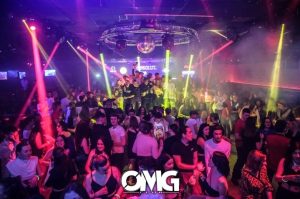

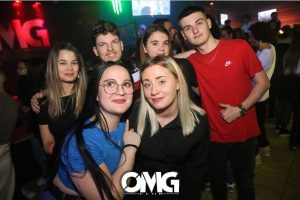
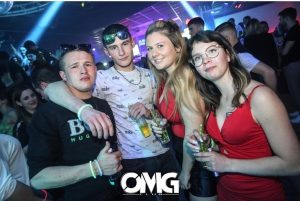
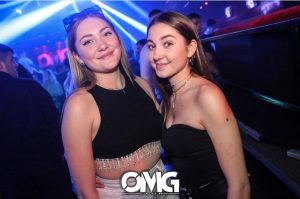
CONCLUSION:
Alright, guys, that concludes all the lenses we will discuss today in this article.
Do you guys have any experience with these lenses? What are your thoughts on them?
Which is your best lens for nightclub photography?
Is there a lens I didn’t mention in this article that you love using for nightclubbing?
Would you please leave your thoughts and comments below?
Related posts:
10 Best Lens for Event Photography:
I am a Professional and Certified Digital Photographer born in the USA. I have been in this field of photography for 22 years, and in these years, I have used many photography lenses and Cameras, which I want to share here on this website about my experience. The idea for Bestoflens.com is to provide honest information about different Lenses and Camera products in the format of a “Best lenses for AYZ” list. I want this website to be the last destination for people to pick the best Cameras and lenses to fit their needs. You can find our unbiased reviews here on Bestoflens.

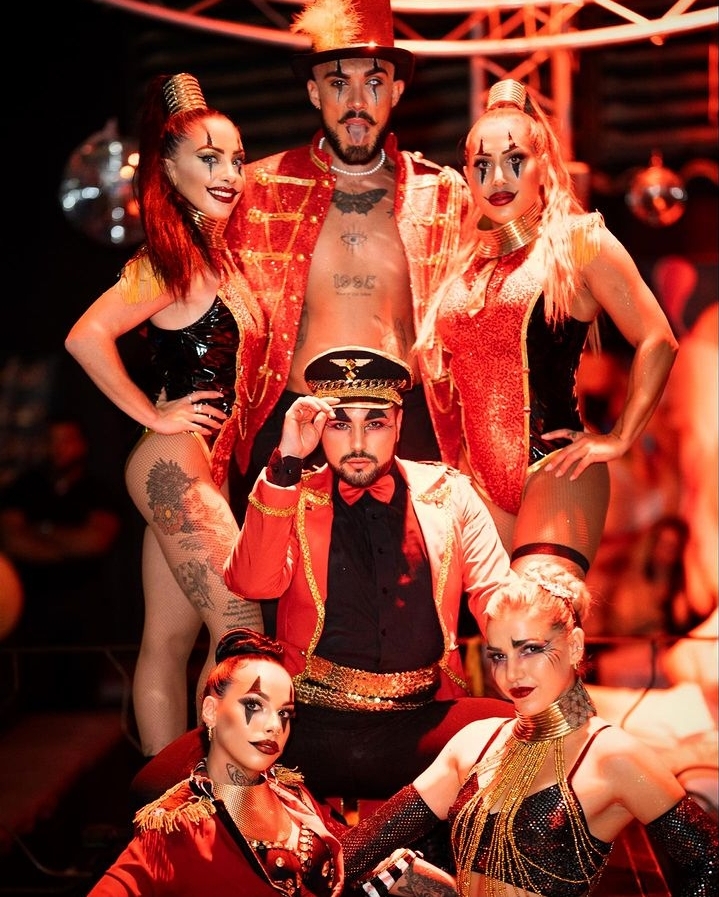



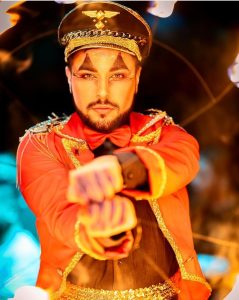

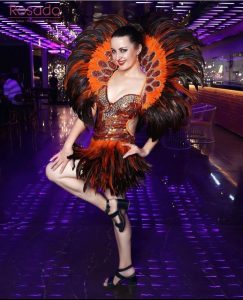

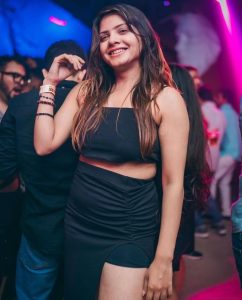

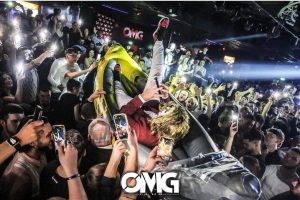

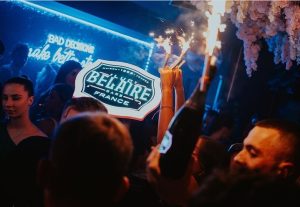

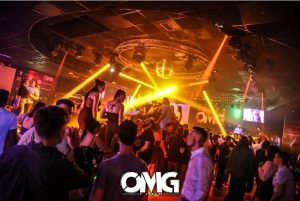
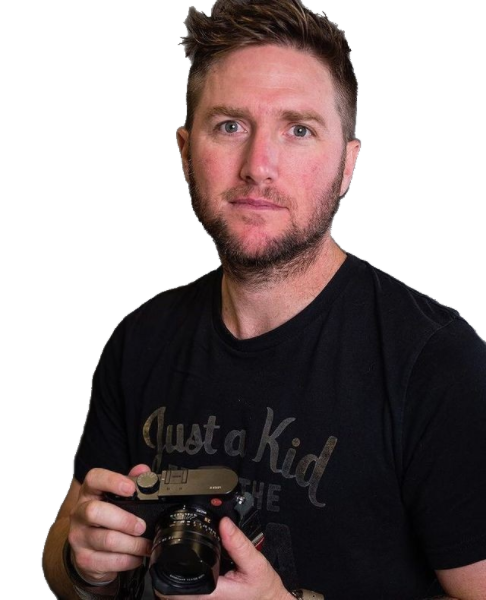
I have never shot inside a club really with a pro camera but i agree about the 24 mm being great in low light. I have a Sigma 24 mm. I use it on a Canon Eos RP and it performs incredible for
night photography.